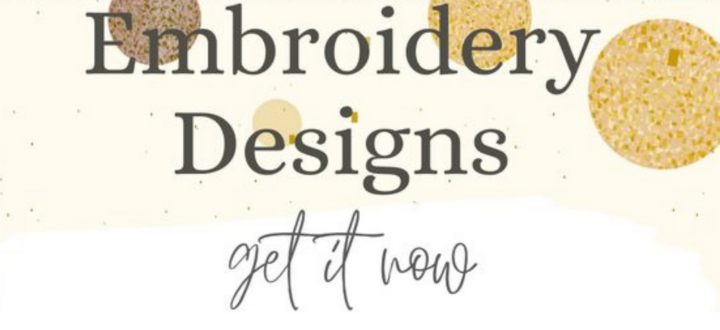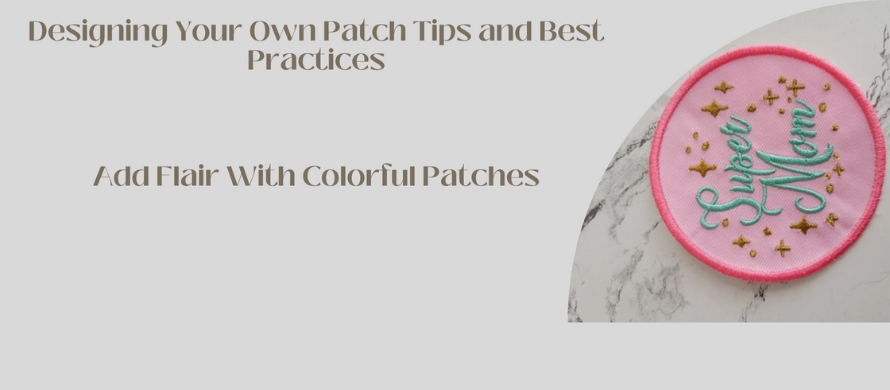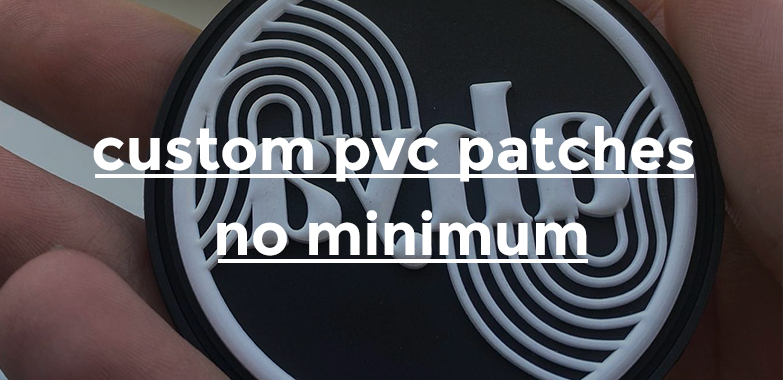Last Updated on April 17, 2024 by wajeeha khan
Experimenting with different materials and methods while Designing Your Own Patch Tips and Best Practices.
Custom patches are a staple of the fashion world since the 1800s. Fans of patches come in all shapes and sizes, from bikers and sports fans to alternative fashion enthusiasts. For sellers, patches are not only a great way to express creativity, but also make excellent promotional items or merchandise for your brand.
They look great because they show everyone how proud you are of your motorcycle club, scouting group, or business. These patches are full of details. You may be surprised by the design of your custom patch also learn how to create your own custom patches by reading about best practices and tips. You will find out by reading this blog!
You’ve made the right choice if you think custom patches will be a good addition to your merchandise store or product line. Custom patches can be used on clothing, bags and hats to add some flair and fun.
Here are some reasons why designing your own patch is a good idea, and our best tips for creating a custom patch.
Designing Your Own Patch Tips And Best Practices
 Trying out different materials and methods when Designing Your Own Patch Tips and Best Practices.
Trying out different materials and methods when Designing Your Own Patch Tips and Best Practices.
Sizing:
You should pay attention to the size of the patches. If you want a large patch to attach to jackets or bags, then a larger patch is the best option. Smaller patches work well for smaller items, such as the brim on a hat. You know you can’t attach a small patch to a large backpack.
Make sure the images are easily recognizable and readable. You can add intricate details to the patch depending on its size. As we all know, large patches can have many complex design elements. When you’re going for a smaller patch, you should focus on the main image. As a beginner, the best thing to do is keep it simple.
Important Design Details:
The embroidery percentage is the number threads used to sew. The fabric used to sew the design is called twill, or substrate. The patch will have twill if the embroidery percentage on it is lower than 100%. With a solid color, twill is an essential part of the design. A lower embroidery percentage costs less.
There are two border options for the patch. The border is slightly raised and the patch surrounds this. Simple designs with squares, circles, ovals and other similar shapes are perfect for these borders. Die-cut borders are great for complicated designs, but they can also be used on simple designs. Die-cut border are great for designs with pieces that stick out.
Embroidered Patches are available with a variety of backing options. There are heat seal, hook and Loop, self-sticking and unbacked patches. Each option has its own qualities, which can be taken into consideration when choosing. The most popular choice is heat seal; hook and loop is second. The patch is unbacked and sewn onto the garment.
Best Practices To Use:

If the design has less than 100% embroidery, you can use colors of substrate or twill. If the design is not 100% embroidered, you can choose the colors of the substrate or the twill.
The size of the text on the patches is important. The minimum recommended size for small text is 0.25″. Helvetica and Arial are the standard fonts for small text. Please note that ornate fonts can be difficult to read when used with small text. Larger patches do not have this limitation and can use complex fonts. These tips and tricks for custom patches will help you create the best designs.
When choosing thread colors, choose the eight first colors that fall within your budget. Use colors that contrast each other. Colors next to one another will blur, while opposite colors will be more vibrant. Austin trim offers a variety of custom embroidered patches.
Pro tip: Use a color wheel to design your patch and see the best colors combinations.
Final Thoughts
Test out different materials and methods when it comes to Designing Your Own Patch Tips and Best Practices.
Austin trim makes it easy to create your own custom patch. It’s easy to do. These look great on backpacks, jackets and hats. You don’t have to rely on the club or organization you support for merchandise.










